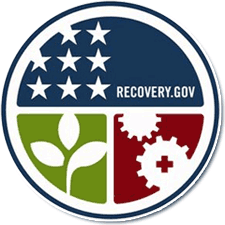U.S. Department of Education Could Expand its Concept of Student Growth
The continuing debate about the use of student test scores as a part of teacher evaluation misses an essential point. A teacher’s influence on a student’s achievement does not end in spring when the student takes the state test (or is evaluated using any of the Student Learning Objectives methods). An inspiring teacher, or one that makes a student feel recognized, or one that digs a bit deeper into the subject matter, may be part of the reason that the student later graduates high school, gets into college, or pursues a STEM career. These are “student achievements,” but they are ones that show up years after a teacher had the student in her class. As a teacher is getting students to grapple with a new concept, the students may not demonstrate improvements on standardized tests that year. But the “value-added” by the teacher may show up in later years.
States and districts implementing educator evaluations as part of their NCLB waivers are very aware of the requirement that they must “use multiple valid measures in determining performance levels, including as a significant factor data on student growth …” Student growth is defined as change between points in time in achievement on assessments. Student growth defined in this way obscures a teacher’s contribution to a student’s later school career.
As a practical matter, it may seem obvious that for this year’s evaluation, we can’t use something that happens next year. But recent analyses of longitudinal data, reviewed in an excellent piece by Raudenbush show that it is possible to identify predictors of later student achievement associated with individual teacher practices and effectiveness. The widespread implementation of multiple-measure teacher evaluations is starting to accumulate just the longitudinal datasets needed to do these predictive analyses. On the basis of these analyses we may be able to validate many of the facets of teaching that we have found, in analyses of the MET data, to be unrelated to student growth as defined in the waiver requirements.
Insofar as we can identify, through classroom observations and surveys, practices and dispositions that are predictive of later student achievement such as college going, then we have validated those practices. Ultimately, we may be able to substitute classroom observations and surveys of students, peers, and parents for value-added modeling based on state tests and other ad hoc measures of student growth. We are not yet at that point, but the first step will be to recognize that a teacher’s influence on a student’s growth extends beyond the year she has the student in the class.

